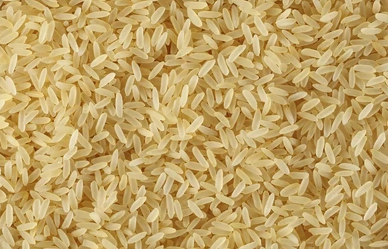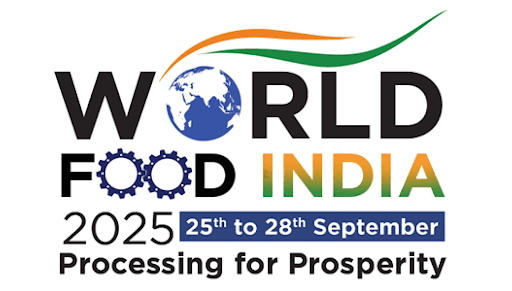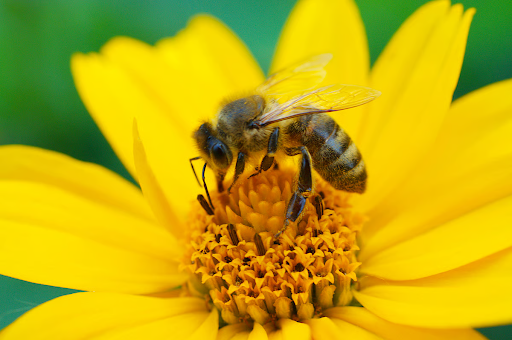Description

Disclaimer: Copyright infringement not intended.
Context
- The Centre has said it will stop the purchase of excess parboiled rice, of which Telangana is a major producer.
What is parboiled rice?
Definition
- The dictionary meaning of ‘parboil’ is ‘partly cooked by boiling’. Thus, the expression parboiled rice refers to rice that has been partially boiled at the paddy stage, before milling.
History
- Parboiling of rice is not a new practice, and has been followed in India since ancient times. However, there is no specific definition of parboiled rice of the Food Corporation of India or the Food Ministry.
Processes
- There are several processes for parboiling rice. For example, the Central Food Technological Research Institute (CFTRI), Mysuru, uses a method in which the paddy is soaked in hot water for three hours.
- There is another common method in which paddy is soaked for 8 hours. The water is then drained and the paddy steamed for 20 minutes. Also, the paddy is dried in the shade in the method used by the CFTRI, but it is sun-dried in the common method.
- The Paddy Processing Research Centre (PPRC), Thanjavur follows a method known as the chromate soaking process. It uses chromate, a family of salt in which the anion contains both chromium and oxygen, which removes the odour from the wet rice.
- All processes generally involve three stages—soaking, steaming and drying. After passing through these stages, the paddy goes for milling.
Are all rice varieties suitable for parboiling?
- Generally, all varieties can be processed into parboiled rice, but it is ideal to use long slender varieties to prevent breakage during milling. However, aromatic varieties should not be parboiled because the process can make it can lose its aroma.
What are the benefits of Parboiled Rice?
- There are several benefits. For example, parboiling makes rice tougher.
- This reduces the chances of the rice kernel breaking during milling.
- Parboiling also increases the nutrient value of the rice.
- Parboiled rice has a higher resistance to insects and fungi.
- Loss of nutrients due to the removal of husk and bran in milling are decreased.
- During harvesting the vitamin and mineral present in hull (outer covering of the paddy) and bran coat are dissolved and seeped into the endosperm. Part of the scutellum and germ which are rich in B vitamins get fixed to the grain and hence losses of B vitamins are less.
- Losses of water soluble nutrients due to washing of rice are less in parboiled rice compared to raw rice.
- Parboiled rice is a source of iron and calcium. Compared to white rice, parboiled rice has fewer calories, fewer carbohydrates, more fiber, and more protein. This makes it a healthier alternative to traditional white rice.
- Parboiling improves digestibility and protein efficiency ratio is higher compaired to raw rice.
- Parboiled rice will not turn into glutinous mass when cooked.
- Parboiled rice swells more when cooked to the desired softness.
- Parboiling stabilizes the oil content of the bran. The discrete oil globules in the aleuronic layer of the native rice grain are ruptured into a band by parboiling.
Disadvantages of parboiling
- The rice becomes darker and may smell unpleasant due to prolonged soaking.
- Besides, setting up a parboiling rice milling unit requires a higher investment than a raw rice milling unit.
Stock of parboiled rice in the country
- According to the Food Ministry, the total stock of parboiled rice is 40.58 lakh metric tonnes (LMT) as on April 1, 2022.
- Out of this, the highest stock is in Telangana at 16.52 LMT, followed by Tamil Nadu (12.09 LMT) and Kerala (3 LMT).
- The stock was in the range 0.04–2.92 LMT in 10 other states —Andhra Pradesh, Chhattisgarh, Odisha, Jharkhand, West Bengal, Karnataka, Bihar, Punjab and Haryana.
Demand of Parboiled Rice in India
- The Food Ministry pegs the parboiled rice demand at 20 LMT per annum for distribution under the National Food Security Act, 2013. According to the Ministry, the demand for parboiled rice has come down in recent years.
- In the last few years, production in parboiled rice-consuming states such as Jharkhand, Kerala and Tamil Nadu has increased, resulting in less movement to the deficit states.
- Earlier, the Food Corporation of India (FCI) used to procure parboiled rice from states such as Telangana to supply to these states. But in recent years, parboiled rice production has increased in these states. So, the Ministry says, the current stock of parboiled rice is sufficient to meet the demand for the next two years.
Must Read: https://www.iasgyan.in/daily-current-affairs/inflation-29









